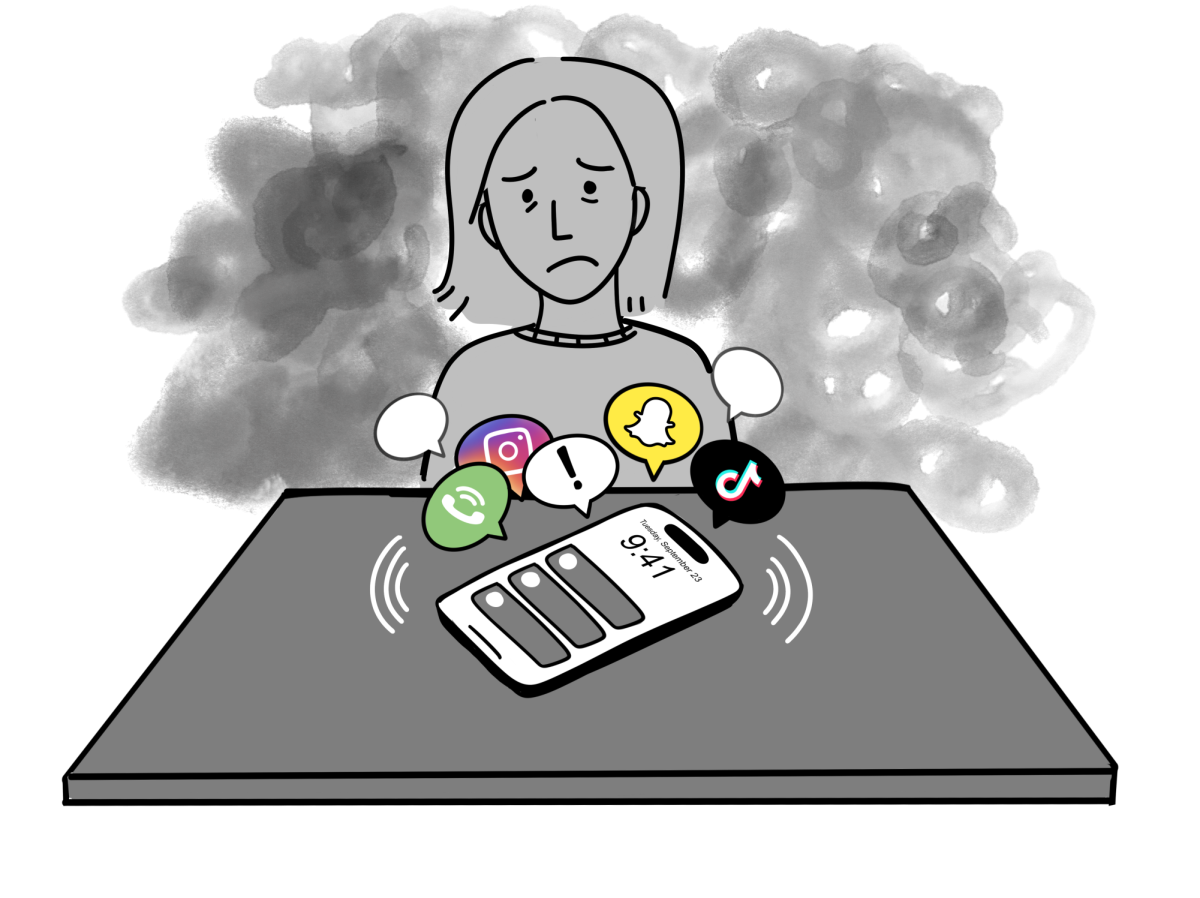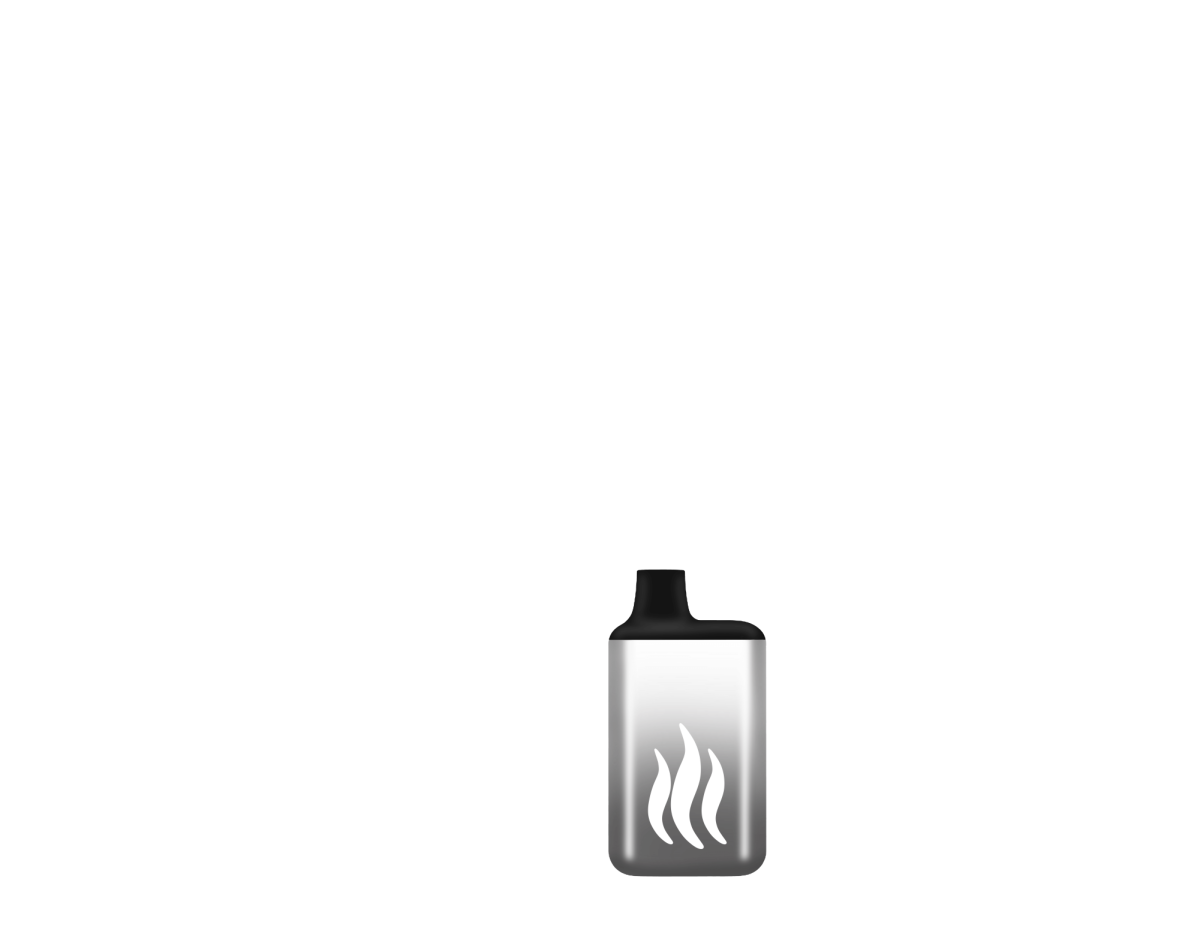LM’s school board election will occur this year on May 20 2025. Adults from the district will elect board members who have a dramatic sway on both school curriculums and activities. However, the very people most affected by these elections have no say in their outcome—simply put, high school students should be permitted to participate in local school board elections.
School boards, especially LM’s, are very powerful. The primary purpose of the board, defined by the LMSD website, is to “set policies that define the nature of public education from kindergarten through the 12th grade.” This is a broad and important goal, and LM’s school board has already made some controversial decisions.
America is faced with an epidemic of civic disillusionment. Our voter turnout is among the lowest in the world; our faith in its institutions is waning; we are less and less literate in even the basics of how our system operates. By allowing high school students to take part in school board elections, we’d have the opportunity to fight back against this alarming trend and restore a sense of responsibility in our next generation. Moreover, participation in these elections allows students to have a say in the election of officials that have a critical impact on their lives.
In Tacoma Park, Maryland, the first district to lower the voting age in local elections, turnout among 16 and 17 year olds was actually twice the rate than among adult voters. This demonstrates that students not only want to participate, but undoubtedly will when given the opportunity. During social studies courses, students can register to vote as well, ensuring that each student knows exactly how and when to vote.
Some would say a high schooler is too young, dumb, and immature to have a stake in politics and vote in an official election. Some would be right, but there’s more to voting than an intellect. An 18 year olds brain is still underdeveloped, with the prefrontal cortex not reaching its full maturity until the mid to late twenties—the reason why rental cars are reserved for those 25 and up. When the 26th amendment was ratified on July 1, 1971, it was at the crest of youth activism. The common refrain, set against the backdrop of the Vietnam war, was, “Old enough to fight, old enough to vote.” In other words, the basis for someone’s right to vote wasn’t maturity. By allowing students to partake in an important, albeit small, part of democracy, they are given a voice.
Another common complaint is ignorance. Many argue that the average high schooler simply doesn’t know enough to take part in the political process. Firstly, this is based on yet another faulty premise—the idea that there exists some threshold of knowledge that determines one’s right to vote. After all, as an adult you never have to take a civics exam to walk into the ballot box. While it may be true that some high schoolers are ignorant of national politics, the same charge can’t be made for local issues. When it comes to a school board, the average high schooler is just as—if not more—informed about the potential effects of different policies. Their first-hand experience provides them an unparalleled perspective on what the board should be doing.
Clearly, students deserve the right to participate in local democracy. Allotting the youth the ability to contribute in such a meaningful way will undoubtedly lead to a greater sense of responsibility in teenagers and, by extension, the broader American population– after all, engaged teenagers grow up to become engaged adults. It’s about time that we be allowed to push back against the attitude that age should dictate voting rights and finally start engaging with our democracy.






